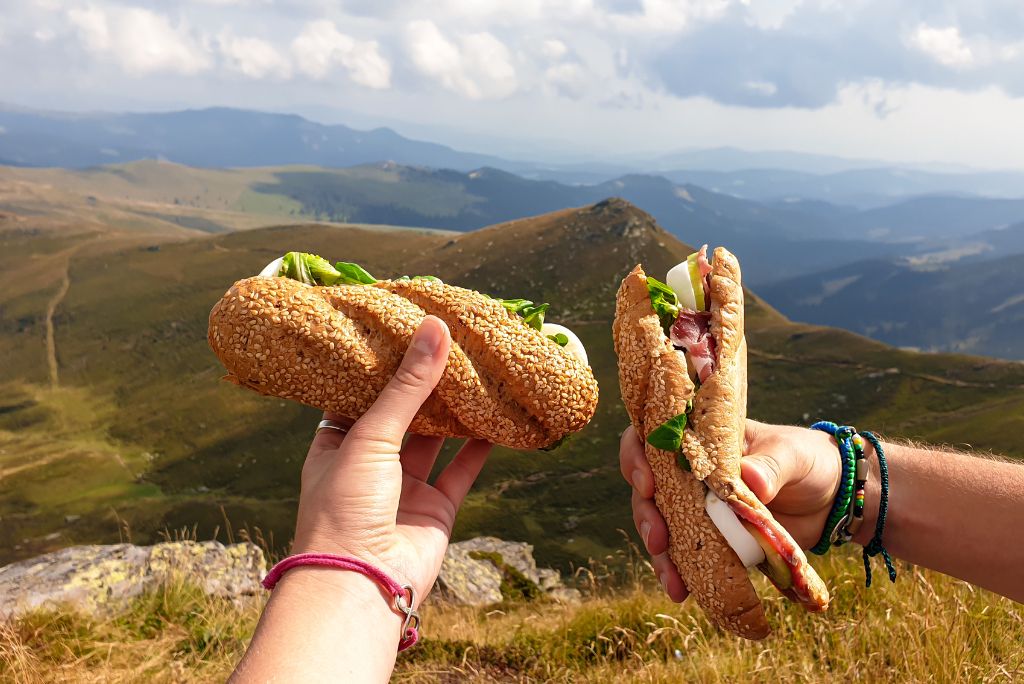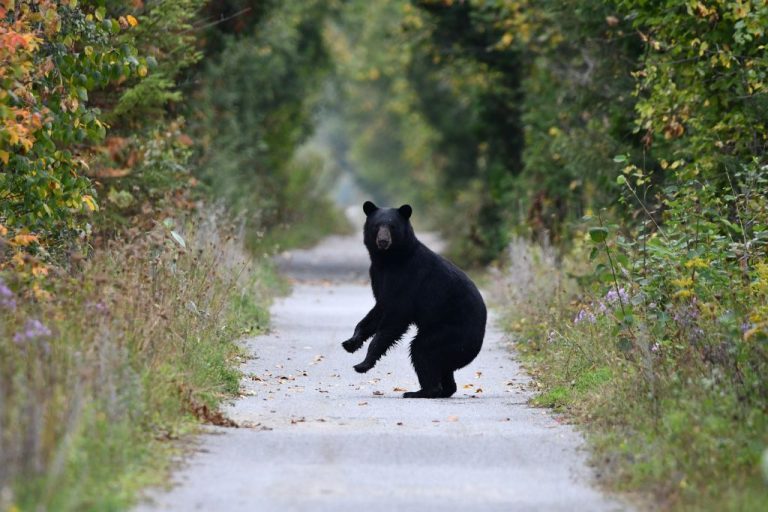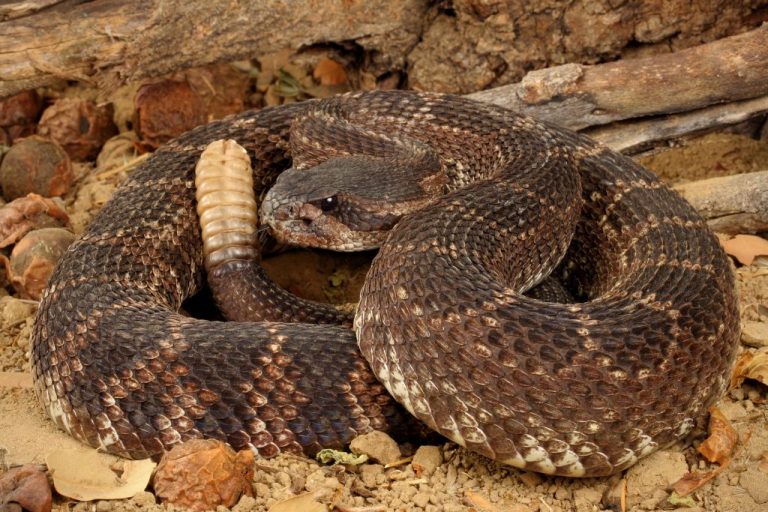Fuelling for Strength, Not Survival
Imagine reaching the summit feeling strong instead of desperate for energy — that’s the power of proper hiking fuel at high elevations.
I wish I’d known that a few climbs ago.
On trails like Fimmvörðuháls in Iceland, the Kalalau Trail in Kauaʻi, and Sarrail Ridge in Kananaskis, I learned the hard way what happens when you don’t fuel properly for high-elevation climbs. I pushed through each of those hikes on determination alone — and while I made it to the top, my body was running on fumes long before the summit.
It wasn’t until my most recent trip to Kananaskis Country, one of my favourite regions in Alberta for hiking, that I finally figured it out. Somewhere between Pocaterra Ridge, Tent Ridge, and Ha Ling Peak, the fuel strategy finally clicked. I stopped treating snacks like an afterthought and started fueling like a plan. The difference was immediate: steadier energy, faster ascents, and a far more enjoyable climb.
Whether you’re hiking in the thin air of Iceland’s volcano valleys or tackling steep Canadian ridgelines, what you eat — and when you eat it — can make or break your performance. In this post, I’ll break down how to fuel properly for high-elevation hikes: what to eat before you start, how to snack steadily on the way up, and how to recover after the summit so your next trail feels even stronger.
TL;DR
- Pre-hike: Protein + carbs 20–30 min before the trail
- During hike: Snack every 15–30 min with a mix of carbs, protein, and fat
- Summit: Protein + complex carbs, add some fat; save fruit for energy boosts if needed
- Post-hike: Snack or meal within 30–60 min containing protein + carbs, plus hydration and electrolytes
- Macro tip: Protein supports recovery, carbs fuel movement, fat provides sustained energy
Pre-Hike Fuelling
What you eat before you hit the trail can make or break your hike — especially on long, high-elevation climbs where oxygen and energy are in short supply. The goal isn’t to feel full; it’s to start with steady, ready-to-use energy and avoid the crash that comes from starting on empty.
⏰ Timing
You’ll often see the advice to eat a full meal 2–3 hours before hiking, but that window can feel too long for early morning starts. A more realistic plan:
- 60–90 minutes before the trailhead: eat a balanced breakfast with carbs + a bit of protein + minimal fat.
- 30 minutes before starting: top up with a light, carb-focused snack — something easy to digest like part of a bagel, banana, or granola bar.
This combination gives your body time to digest and convert food into glycogen — your muscles’ stored energy source — without feeling weighed down.
What to Eat
A few good examples of pre-hike fuel:
- Whole-grain bagel with light cream cheese or turkey
- Oatmeal topped with fruit and a drizzle of honey
- Rice or overnight oats with yogurt and berries
- Breakfast sandwich with egg and cheese on an English muffin
- Banana or muffin 30 minutes before starting
Avoid heavy fats or excessive protein right before the hike — they slow digestion and delay energy release. Think of your pre-hike meal as fuel for the first climb, not the entire day. This combination supports muscle function and glycogen stores while providing a steady stream of energy. For a deeper dive into how macronutrients fuel endurance exercise, see Harvard Health’s guide to carbs, protein, and fat
Hydration
Start hydrating early. Aim for 500–750 ml (2–3 cups) of water before you start. Add electrolytes if it’s hot, humid, or you’re hiking at altitude — your body will lose more sodium through sweat than you think.
Fuelling During the Hike
Mid-hike snacks maintain energy and prevent “bonking”, the severe fatigue caused by depleted glycogen (Sports Dietitians Australia – Fueling for Endurance Exercise
Mid-Hike Snacks
Once the trail starts to climb steeply, your muscles rely on glycogen — stored carbohydrate — for fuel. Running out halfway up a summit push can make every step feel much harder, no matter how fit you are. That’s why mid-hike snacking is critical, especially on high-elevation hikes.
Key Principles
- Snack every 15–30 minutes: Small, frequent bites keep blood sugar stable and prevent bonking.
- Combine simple and complex carbs:
- Simple carbs (fruit, energy chews) provide a quick lift.
- Complex carbs (bagels, muffins, pretzels, granola) give sustained energy.
- Fresh vs dried fruit: While I personally prefer fresh fruit for taste and hydration, dehydrated or dried fruit is more practical for trail use — it’s lighter, won’t bruise, and still delivers quick carbs.
- Keep snacks bite-sized: Easier to eat while moving, avoids losing momentum on steep sections, and doesn’t feel heavy.
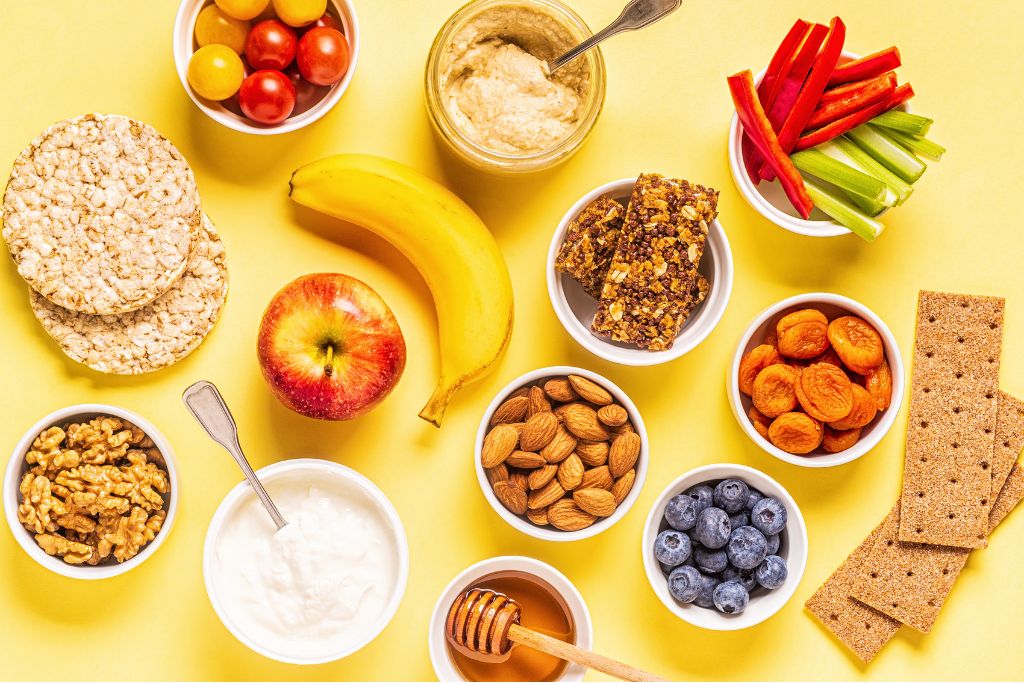
For science-backed strategies on carbohydrate timing and glycogen replenishment, see Gatorade Sports Science Institute – Carbohydrates for Endurance Performance
⚡ Pro Tips for Mid-Hike Snacking
Once you’re on the trail, consistency is everything. High-elevation hikes are long burns — they demand a steady drip of fuel, not random refills when you remember to eat.
I used to wait until I felt hungry or tired before pulling out a snack. On Fimmvörðuháls, I hit that familiar wall halfway up the steep ascent — legs heavy, energy fading — and reached for a protein bar, thinking it would help. But protein isn’t what your muscles crave mid-hike. They need carbohydrates, the body’s quickest and most efficient source of energy during sustained effort.
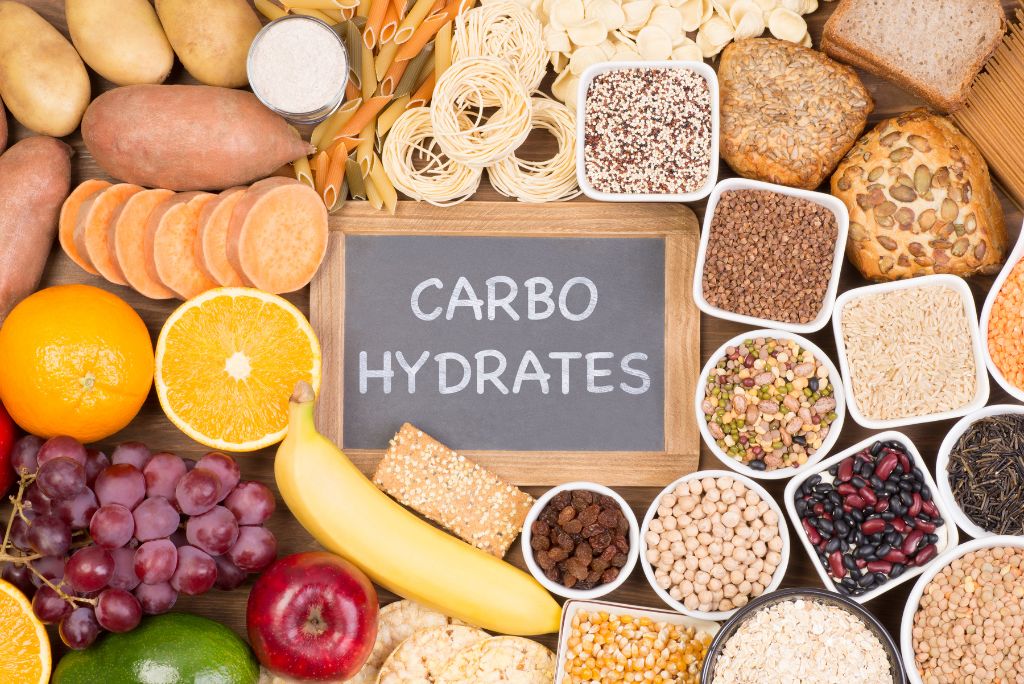
Practical Snack Combos
Here are some combos that work well for high-elevation climbs:
| Combo | Onset (mid-hike) | Duration | Notes |
|---|---|---|---|
| 1/2 banana + handful pretzels | 5–10 min | ~1.5 hr | Quick energy from banana, sustained fuel + sodium from pretzels. |
| 1/4 muffin + 1/4 apple | 5–10 min | ~45–60 min | Apple gives a fast lift; muffin keeps energy steady. |
| Small bagel bite + mandarin | 10–15 min | ~60–75 min | Bagel for long-lasting carbs; mandarin adds quick sugars + electrolytes. |
| 1/2 Granola bar + 1/2 banana | 5–10 min | ~60–75 min | Banana for lift, granola bar for sustained energy. |
| Trail mix + 1/4 apple | 5–10 min | ~60–75 min | Apple for fast sugar, trail mix for balanced carbs, fat, protein, and salt. |
⏰ Timing
Think of fuelling like stoking a campfire. You don’t dump all the wood at once — you feed it gradually so it keeps burning evenly.
The same goes for your body:
- Small snacks every 15–30 minutes on the ascent, even if you’re not hungry yet.
- Aim for 30–60 grams of carbs per hour, depending on the hike’s intensity.
- Sip water regularly instead of chugging large amounts at once.
This keeps your blood glucose stable and your glycogen stores topped up, delaying fatigue and avoiding that “bonk” where your legs suddenly have nothing left to give.
Smart Snack Combinations
Find your rhythm — mixing quick carbs with longer-burning options:
- Fruit for fast energy (mandarin, apple slices, banana)
- Bagel bites, granola bars, or muffins for sustained carbs
- Pretzels or crackers for electrolytes and salt
- A few dark chocolate or açai bites for a morale boost mid-ascent
This mix prevents a sugar crash because you’re pairing simple sugars with complex carbs and fiber, slowing digestion and keeping energy levels steady.
The Final Push
When you’re within sight of the summit — like the last steep stretch up Ha Ling or that endless final climb out of Havasupai — that’s when a small hit of quick sugar can be your best friend.
A couple squares of Caramilk or a small piece of candy can give you that mental and physical spark for the last push, especially if you’ve been fuelling steadily along the way. The trick is that it works because your energy foundation is already there — not as a replacement for it.
Hydration & Electrolytes
- Continue sipping water throughout.
- Add electrolyte tablets or powder if your hike lasts more than a few hours, or you’re sweating heavily at altitude.
- If you notice headaches, nausea, or muscle cramps, it’s a sign your electrolyte balance may be off, not just dehydration.
Summit Snacks
Reaching the summit is a highlight of any high-elevation hike, but it isn’t just about the view. The summit is also a key refueling point. By the time you arrive, your glycogen stores are depleted, and your muscles are fatigued and working hard to stabilize and recover. What you eat at the top determines how strong you’ll feel on the way down.
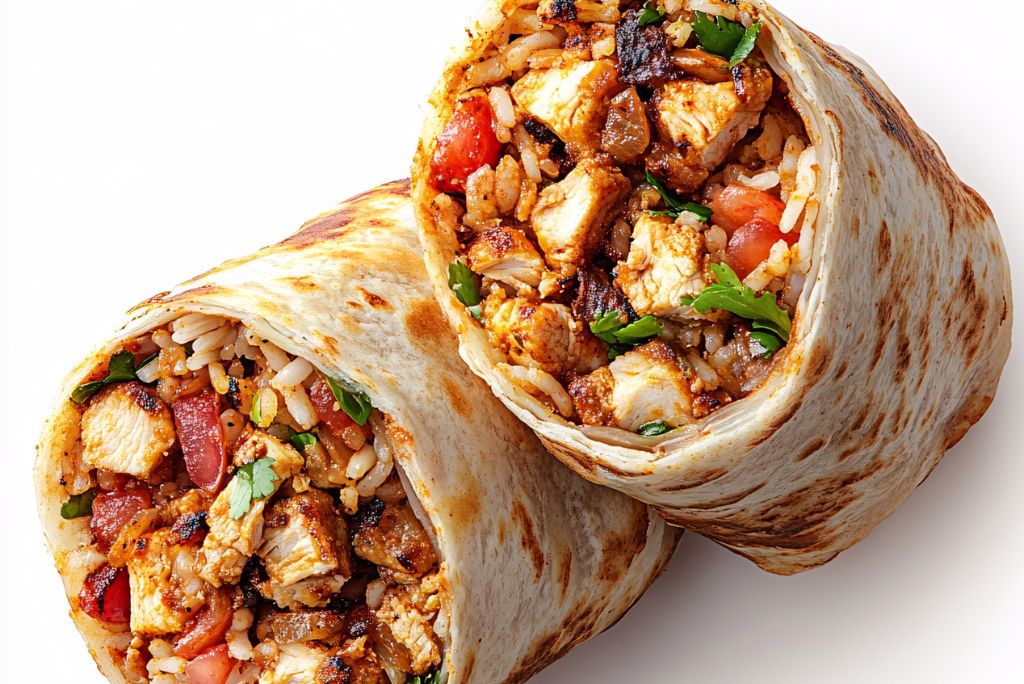
1. Start with a protein + complex carb snack or thermos meal
Examples:
- Quest bar + 1/2 muffin or raisin oatmeal cookie
- Sandwich or wrap with lean protein + pretzels
- Tuna packet and crackers
- Thermos meal like pasta, rice, or soup + protein
These combinations jumpstart muscle recovery, stabilizes blood sugar, and provides slow, steady energy while you rest.
🥣 Trail Tip: Why Thermos Meals Are a Game Changer
Warm, balanced, and satisfying.
Thermos meals combine slow-burning carbs, protein, and a touch of fat for steady energy on summit breaks or cool-weather hikes. Think pasta with chicken, rice and veggies, or hearty soup — hot, hydrating, and far more nourishing than another protein bar.
2. Include some fat in your lunch
Examples:
- Add a cheese slice to your sandwich or thermos meal
- Package of trail mix
- Mayo on sandwich or mixed with tuna packet and crackers
Fat helps provide long-term, sustained energy, supporting endurance for the descent or the next section of trail.
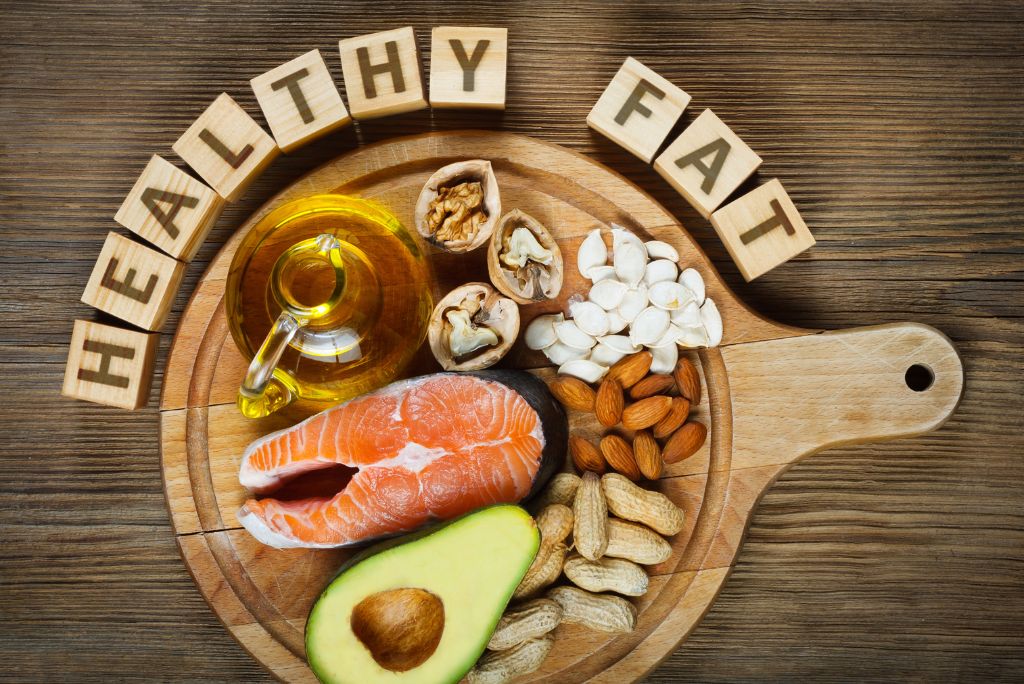
3. Skip additional sugars
Save quick energy like fruit (fresh or dried) for:
- A quick energy boost before starting the descent if not feeling recovered
- Later in the hike if there’s another climb or if you feel your energy dipping
Fruit’s natural sugars act faster — ideal for active movement, not resting digestion.
⚡Pro Tips
- Protein + carbs + fat combo: Protein supports recovery, carbs give short to mid term energy, while fat provides sustained energy once you start moving again.
- Descent requires less energy: Your body burns fewer carbs going downhill, but you still need steady fuel to avoid fatigue and muscle breakdown.
- Thermos meals shine here: They’re warm, satisfying, and packed with slow-burning energy when your body is ready to refuel.
⚠️ Caution:
- Too much fat right before a steep climb can slow digestion and feel heavy in your stomach.
- Best for rest stops or summit meals, when you’re pausing or starting a gradual descent.
Post-Hike Fuel
Once the hike is over, your body enters recovery mode. Muscles are fatigued, glycogen stores are depleted, and your body needs the right nutrients to repair tissue, restore energy, and reduce soreness. Proper post-hike fuel helps you bounce back faster for your next adventure.
Prioritize Protein + Carbs
- Why: Protein rebuilds and repairs muscle tissue, while carbs refill depleted glycogen stores.
- Examples:
- Thermos meal with pasta, rice, or soup + protein (chicken, tuna, or beans)
- Sandwich with lean protein + slice of cheese + whole grain bread
- Protein shake or bar with a banana or dried fruit
Tip: Aim for a 2:1 or 3:1 ratio of carbs to protein for optimal glycogen restoration after intense hikes.
Include Healthy Fats
- Why: Fat aids in long-term recovery and helps your body absorb fat-soluble vitamins from food.
- Examples:
- Cheese, avocado, or nuts in your post-hike meal
- Small trail mix portion alongside your sandwich or thermos meal
Tip: Unlike during high-intensity climbing, you can include more fat now because your body isn’t working to convert it into immediate energy — it’s being stored and used slowly during recovery.
Hydration & Electrolytes
- Why: Hiking at high elevation and sweating heavily depletes fluids and electrolytes.
- Examples:
- Water + electrolyte tablet or powder
- Coconut water or natural sports drink
- Include a pinch of salt with post-hike snacks if you sweat heavily
⏰ Timing Matters
- Within 30–60 minutes after finishing the hike:
- Eat a snack containing protein and carbs to kickstart glycogen replenishment and muscle repair.
- Examples: protein bar + banana, small sandwich with cheese, or a thermos mini-meal.
- This is your most important window for rapid recovery.
- After that initial window (anytime afterward):
- Continue refueling with a balanced meal if you’re still on the trail or once you’re back at base.
- This meal can be larger and include more carbs, protein, and some fat, since your body is still recovering.

⚡ Pro Tips
- Keep your post-hike snack easy to eat and digest, especially if your stomach is tired from climbing.
- Avoid overloading on sugar; focus on steady carbs + protein + some fat.
- Stretch, hydrate, and refuel — your muscles will thank you the next day.
Final Thoughts on High Elevation Fuelling
Learning how to properly fuel for my mountain climbs completely transformed my hiking experience. Despite all the hours I spent training in the gym, I used to feel unprepared halfway up the summit — legs heavy, energy fading fast.
It turns out, I was focusing too much on protein and not enough on carbs. Once I learned how to time my carbs, proteins, and fats, everything changed. Proper fueling turned a gruelling, energy-drained hike into a strong, enjoyable summit.
By planning my pre-hike snack, mid-hike fueling, summit nutrition, and post-hike recovery, I finally learned how to maintain steady energy, support my muscles, and reduce fatigue on those high-elevation trails I love so much.
Remember: carbs provide quick and mid-term energy, protein supports recovery, and fat gives long-lasting endurance. With the right strategy, you’ll not only finish strong — you’ll be ready and excited for your next adventure.

